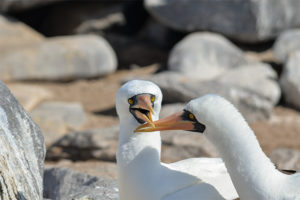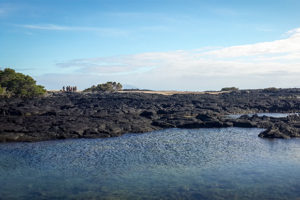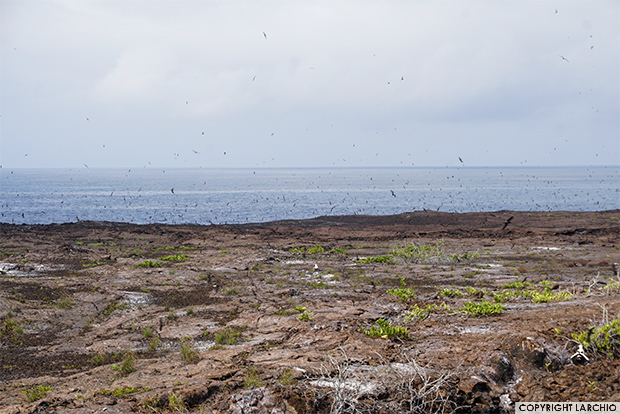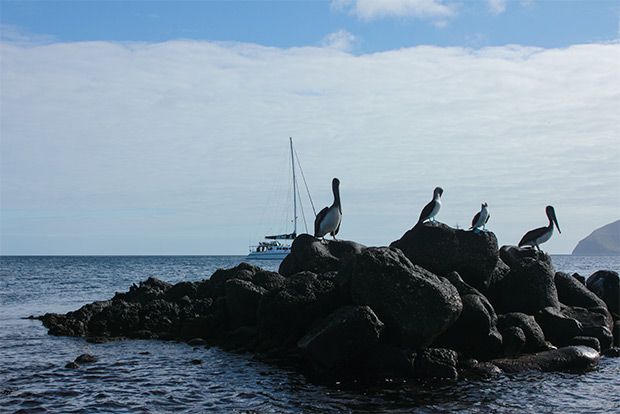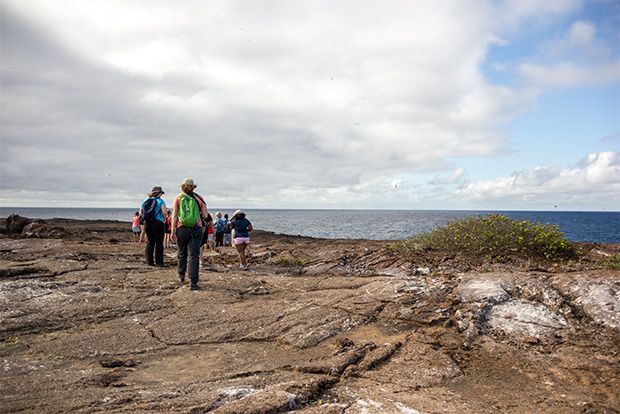Must do Things in Galapagos
We’re the best rated Galapagos local tour operator. Take a trip with trust! Book today. Must do Things in Galapagos.
Visit Galapagos Islands in Ecuador is actually an unquestionable paradise, among the most awesome creatures on this planet is found in the Galapagos Islands. A visit to the Galapagos is definitely the voyage of their lifetime for almost all people. The wild animals in Galapagos you will encounter can’t be found anywhere else, but in this place sea and land wildlife and birds are more approachable.
Recommended reading: Beaches of the Galapagos Islands
You will find Boobies, giant tortoises, iguanas and many others, could be found near throughout your tours. If you love surfing or diving, sea lions will be having fun with you and below them, turtles and may be found.
When is the right time to see the Galapagos?
The Galapagos Islands, located on the Pacific Ocean, around a thousand kilometers (600 miles) west of Ecuador, enjoy a peculiar weather, tropical and semi-arid, with a hot and relatively stormy couple of years from January to May, plus a cool and dry time, as well as foggy and misty, from July to November.
The surroundings of the Galapagos are dry, with the exception of the highlands of the larger islands, that receive more considerable rain. As was noted by Charles Darwin, who as you may know studied the peculiarities of the species living in the islands, their weather conditions are colder than one could assume from a place located nearby the Equator, because of the Humboldt Current, which usually touch the area right after moving in the sea west of Latin America. In any case, here the weather is variable from one year to another, because there are completely different marine currents which meet or take turns in the area (there is also a warm current coming from Central America, which usually flows at a small range and is a lot more active in the years of El Niño), which means climate is hard to predict.
Nevertheless, visitors flock to the beach locations through the rainy period of time, simply because in addition to being the sunniest, it is the one in which the sea is the hottest.
It needs to be said that rainfall is unpredictable, and may become more abundant in the years of El Niño. Through the most intense El Niño years, such as 1982-83 and 1997-98, the climate of Galapagos becomes fully tropical, having high temperatures and copious rainfall. In the years of La Niña, on the other hand, the rains become a little more rare, and there is a decline in each air and sea temperatures.
When to go
Generally, the Galapagos may be visited throughout the year. However, the best time to travel to Galapagos, if you also desire to swim and also sunbathe, runs from February to May, because it’s the most warm and sunniest, though there could possibly be a number of rains or thunderstorms in the evening.
The low-temperature period, from July to November, is usually highly recommended to explore nature, since it very rarely rains in the flatlands and the temperature is pleasurable, even when you need to take into consideration mists, haze and cloudy skies. From September to November the ocean can be a little rough, and this may affect those that are afflicted by movement sickness, during boat trips from one isle to another.
What clothes you should bring
From December to May (hot cycle): light clothing, a lightweight sweatshirt for the evening, light raincoat or outdoor umbrella for rain showers; sun hat. For hiking in the hills and the Vulcan Wolf, a bit warmer sweatshirt and raincoat, walking footwear.
From June to November (low-temperature season): light clothing, t-shirt or sweater and lightweight coat for the night time.
For the reef, gear for scuba diving, water shoes or plastic soled shoes.
In order to preserve the natural beauty of Galapagos Islands, the Galapagos National Park have decreased the amount of guests by requiring ships to wait for 14 days before returning to the same location. This usually means that most ships offer alternating itineraries to cover as many of the finest Galapagos sites as you can. Escape the crowds and explore the islands on a Galapagos Cruise in small groups and with experienced naturalist guides. All Galapagos small boat cruises have between 4-16 passengers, making sure that a much more tailored service and experience.
The Galapagos Islands were first made famous when Charles Darwin based his ‘Theory of Evolution’ on his findings there. Made up of a cluster of around 13 volcanic islands, around 95 percent of the area is now a part of the Galapagos National Park program and declared a UNESCO World Heritage Site.
A Galapagos cruise will offer a truly unique experience. In the stunning landscapes which looks like something from the Jurassic era, to the endemic wildlife with up to 26 species native to these islands and in their natural habitat, there is nowhere else in the world like the Galapagos Islands.

Sierra Negra Volcano: Hiking enthusiasts are certain to love the opportunity of the steep ascent to the rim of Sierra Negra Volcano. The increase up takes around two hours with fantastic vistas all around. Upon reaching the top you can feast your eyes on the world’s third-biggest caldera, surrounded by lush vegetation and home to many types of finch. Horse riding provides a different perspective of the beautiful location.
Bolivar Channel: Many Isabela island cruises sail throughout the Bolivar Channel, a channel that separates Isabela Island as well as the neighboring Fernandina Island. The coldest waters in the Galapagos area, it’s normal to find whales and dolphins swimming near to your cruise ship.
Vicente Roca Point: At the north of Isabela Island, Vicente Roca Point is a high place for boating and snorkeling. The twin coves shield a variety of odd species, such as sunfish, seahorses, and puffer fish.
Early human activity on the islands was extremely damaging for the wildlife because pirates and buccaneers took giant tortoises aboard such as food. 24 percent of plant species and 50 percent of vertebrate species are still considered as endangered due to human activity in earlier times. Clandestine fishing of black coral, lobster, shark fin, sea cucumber and sea horse is extremely damaging to the marine existence. Population growth caused by tourism is putting a strain on the unique and fragile environment.
GALAPAGOS CRUISES 2024
NEMO 3
| DEPARTURES | ITINERARY | AVAILABLE CABINS | SPACES | |
|---|---|---|---|---|
| There aren't available dates for the selected dates |



